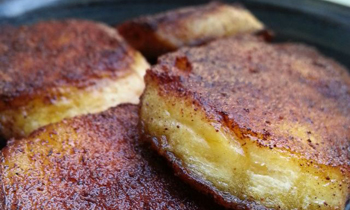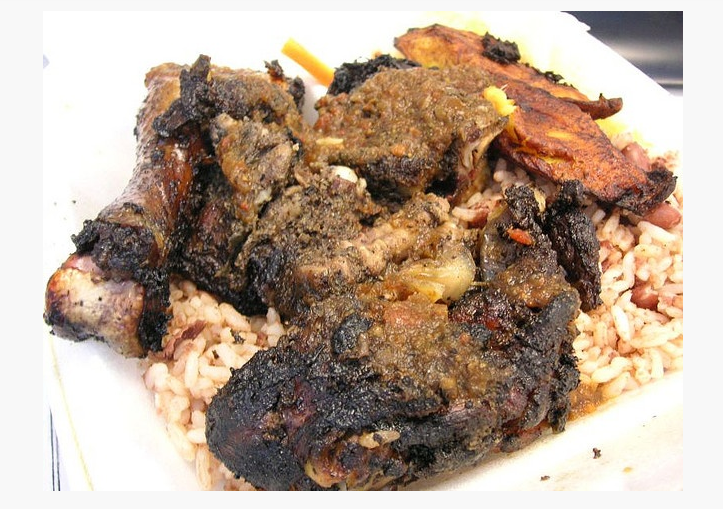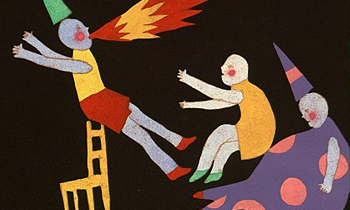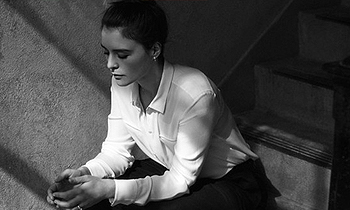There is an overwhelming geographical vastness to Los Angeles. But if you look close enough, you’ll realize that we are not a city of monochromatic parking lots. Here, right before we dip into the Pacific, are neighborhoods full of of immigrants and locals alike—all of whom incorporate their traditions and cultures. We are if you play it right, a city for the taking, and within our expansive boulevards, these heartbeats of their communities come alive. The Jamaican culture, although almost infinitesimal in contrast to L.A.’s larger ethnic populations, is no less resplendent. To say that they are a people with only a sordid history would be to drastically underplay an unfathomably brutal past. They are a population that was bought and sold and traded and forced into slavery and poverty for centuries. The fact that they gained only “a degree” of local political independence in the 1940’s is yet another sickening illustration of this. Primarily they are now a people associated with Rastafarian myth and dance but they remain both small in numbers and largely misunderstood. Under such circumstances most would have crumbled, but they haven’t.

On an underdeveloped stretch of Pico between an abandoned auto repair shop—and perhaps the last pay phone in Los Angeles with an actual phone—sits the Headmaster Barber Shop. The decor is a type of minimalistic homage to post-1970s and pre-1990s chic. Empty chairs line the street out front. Graffiti has been washed and painted over, only to be re-tagged and left to its own device. Most people would probably prefer to visit the wine bar and health restaurants that seem just a little bit closer to the distinctively cleaner LaBrea Avenue. This part of town is not for everyone, but it should be, because it’s here on Saturdays, posting up on the broken sidewalk next to Headmaster, is a self-described “man of the culinary arts.” He props up an old oil barrel and in the long hours before noon, he turns out food. The jerk chicken and the rice and beans and the recipes, which he grew up with in his homeland of Jamaica.
It is theorized that jerk spice evolved from the pre-slavery days of the Akan people of West Africa. The modern method of cooking in a halved oil barrel, is predominately associated with the Caribbean culture. Meat is either wet or dry-marinated with a rub that typically consists in varying amounts of something called pimento (allspice,) cloves, cinnamon, garlic, salt, thyme, scallions, and nutmeg. As a result of both abundance and location, over the years, Scotch Bonnet peppers have managed to find their way into the mixture. Alternate recipes suggest that soy sauce, brown sugar, ginger, and onions can be added. Meat or poultry or shellfish is then marinated for hours which leaves it tender and ready for a slow cook.

And tender it most definitely is. For $10, the chef will give you a a heaping portion of jerk chicken, red beans and rice, traditional hard dough, and caramelized plantains. For an extra dollar (and only if you want to take the heat off) you can pull from a cooler next to the oil drum. It is filled with eye-catching colorful, ice-cold, recycled bottles we’re assured are some sort of hand-squeezed juice mixture.
It is indiscernible what is more charming: the silver-toothed smile and impromptu laughter escaping from the chef, the shared joy from a couple of local (also Jamaican) men who insist we try the food off of their fork before we buy, or the actual set-up. The chef hauls open the heavy top of the oil drum, unveiling one of the largest silver pots I have ever seen. Steam rises, in competition with the tinfoil above it. Theatrically, he pulls the cover back. Filled to the brim and tucked snugly within it is opalescent rice. It is visibly saturated with the juice it was cooked in as well as plump red beans. The icing on this carb-filled, fiber-laden, dish is non other than the alarmingly bright yellow skin of the Scotch Bonnet pepper.
Heaping several spoonfuls onto our plate, he almost lovingly replaces the cover and swiftly moves onto the chicken. Of which, there is enough to feed a small army. There is a perfect golden brown color that peeks out between from under a fragrant, green paste. The chicken is charred perfectly from tips to ends. Next comes two scoops of sautéed collard greens with carrots and corn to soak up the heat from the paste which has now found it’s way all over them. A puckish smile creases his mouth as he tells us that the heat might hurt. Tenderly he places two plantains. They are falling apart slightly, proof that the sugar and the potassium and has mixed in the right aggregate. Lastly, and rather gallantly, he places two pieces of bread, hardened and slightly smelling of the grill.
We make it as far as the next block before pulling the car over and digging in. Dipping our fingers again and again into the plate, we smear the char and the heat. We take down the succulent, giving, pink flesh. Everything mixing with the rice and the beans and the vegetables in some form of a culinary menage-a-something. Waxing poetic cannot and will not do this cuisine justice. At its core, it’s simultaneously simple and exquisite. It is exotic in its subtlety. And it is worthy, much like the stand and the person running it of being understood, appreciated, and visited repeatedly.
For more information on the street-side jerk chicken stand, show up every Saturday on the south side of Pico Boulevard between Stanley and Curson and GET SOME.






